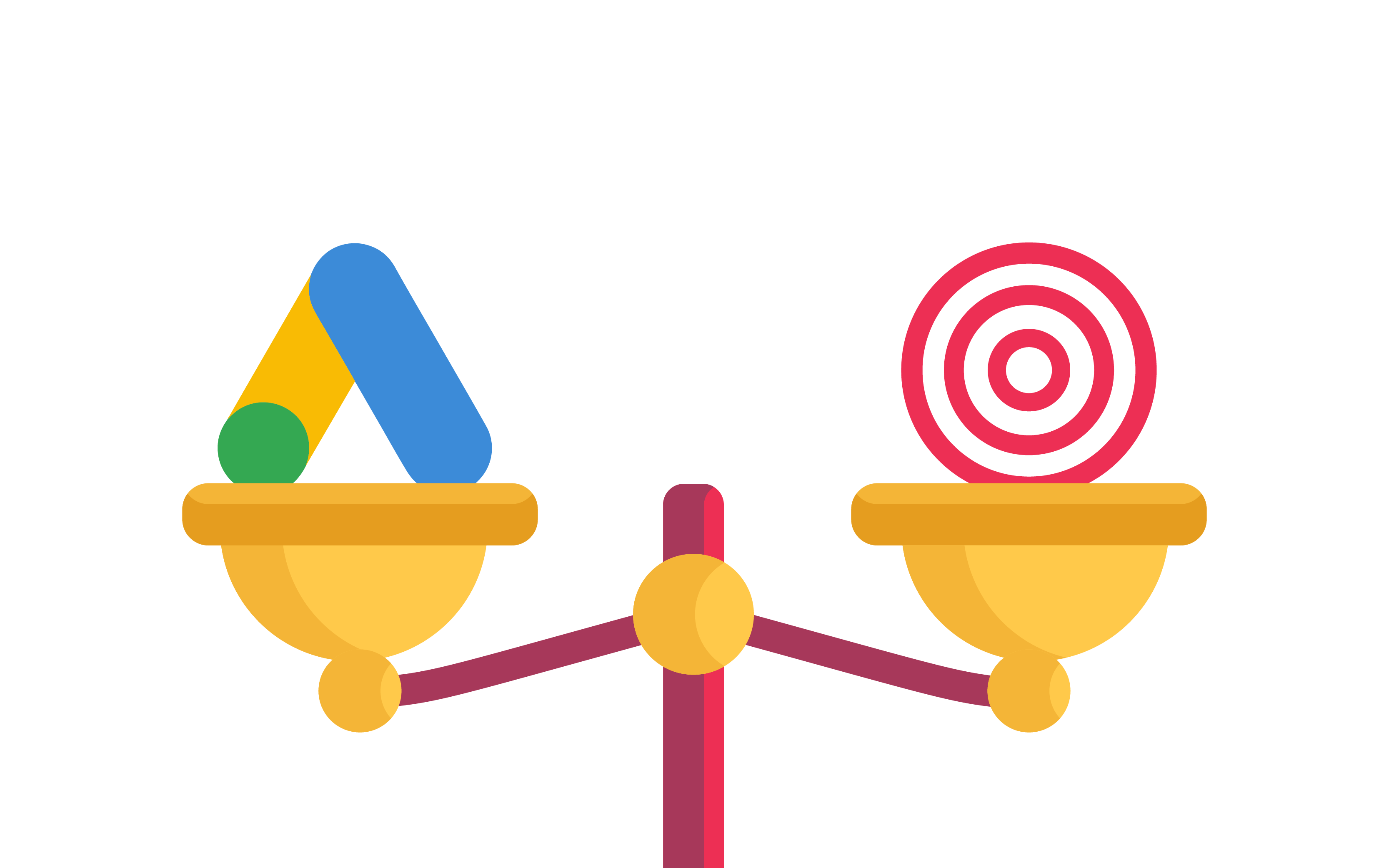How did Adwords change bidding at the end of 2023? (performance analysis)
What is AdWords? Google AdWords, now known as Google Ads, is an online advertising platform by Google. It allows businesses…

Although this is probably hard to believe, Google’s AdWords (now known as Google Ads) appeared as early as 2000, which would mean that this ecosystem is already of full legal age. In the beginning, advertisers were given the ability to target ads using keywords or excluding selected ones. Settlements were based on CPM, and the statistics available to the advertisers provided only basic metrics such as CTR or the number of impressions. Since then, AdWords has come a long way, so the once available possibilities were merely a foretaste of what it offers advertisers today.
Meanwhile, competitive platforms and ecosystems would appear (and disappear) – more or less used by a wider audience, but for a long time, AdWords was the king. Until Programmatic arrived. It used Real-Time Bidding, which was created in the US in 2009, and since then, year after year, it has been capturing a larger and larger chunk of the advertising market. It is so effective at this that, in 2018, 83% of display advertising purchases in the United States, worth almost $50 billion, were made programmatically.

In Poland, the market is not that mature yet, but we can no longer say that it is in its infancy. In 2018, it already constituted 31% of the market, and it is recording growths of several dozen percents year-on-year. It is expected that in 2020 this will be as much as 46%. In our opinion, this is only the beginning and Programmatic has the potential to become the first choice for most advertisers in Poland too.
But, in order not to leave you asking “why?!”, in the next part of the text we will compare the possibilities of both ecosystems and try to explain a bit the reasons for which advertisers more and more often decide to shift their advertising budgets towards Programmatic.
Currently, Google Ads offers access to all the pages linked to the Google display network system which, as of now, is more than 2 million pages that reach 90% of Internet users with their content. Not bad. However, Programmatic does not limit itself to a single inventory provider. It offers access not only to Google’s advertising network (through the Display&Video360 platform), but also to other ad exchanges (such as AppNexus, AdForm, Rubicon Project, and recently also Amazon which wants to take over a part of the programmatic market with its own DSP), thanks to which the available inventory is much larger. Additionally, some publishers offer their most ‘exclusive’ advertising spaces (for example, ads on the home page) only if the purchase is made directly from the publisher (direct buying) or through advanced purchase models available in Programmatic.

Both Google Ads and Programmatic offer very extensive capabilities of targeting. These include such options as:
But while Google Ads uses – for targeting – only the data that it collects itself (yes – they are of good quality, and yes – the reach of their collection is wide), Programmatic again goes one step ahead by allowing the use of data from external providers, the so-called 3rd party data. These are usually collected by specialized DMPs (Data Management Platforms) that allow advertisers to use data about, e.g., users who read content devoted to stock market information, users who cook soups, or users who live in locations where temperatures exceed 25℃. And even though the additional cost of such data may be a disadvantage (most often, a predetermined rate is added to the cost of purchasing each thousand of views using such data), the possibilities of reaching the customers you are actually interested in grow significantly.
In short: text ads, display ads, video ads, html5 ads, and app ads. These are the formats that Google officially offers in its Google Ads. Also, available are the rich media formats, but a significant number of publishers ‘associated’ under AdSense simply do not support this technology, which narrows down the available inventory.
In the programmatic purchase model, rich media, as well as formats such as screenings and native advertising (which until recently were used rather in non-standard campaigns), are becoming more and more common. Although it should be noted that they are available rather in the more advanced purchase models in Programmatic.
Google Ads allows reporting the statistics of the currently-run campaigns, with a delay ranging from a few hours to about a day for some of the metrics. Because Programmatic uses Real-Time Bidding, the reporting of programmatic campaign results is available practically the next minute. The monitoring of the effectiveness of a campaign conducted in Programmatic offers a significant advantage in this case – it enables a more effective optimization of activities.
In this area, Google Ads offers a little more variety of available options. When running a campaign, you can choose from the following models:

In Programmatic, a settlement is done only in the CPM model but calculated in a slightly modified way, that is: CPM = (expenses/views) x 1000. This is due to the fact that each view can have a different rate because you bid for each of them separately. However, you must remember that although the purchase takes place in CPM, the platforms on which you make the purchase enable the user to optimize the expenses depending on the selected indicators – you may, for example, minimize the CPC or CPA rate.
The last (but not least) issue that we would like to compare is the so-called entry threshold in order to be able to place ads in a specific ecosystem. And although Programmatic really does potentially allow you to display your ad even on the home page of economist.com (which would, however, entail certain costs), you also very often have to meet the requirement of minimum monthly expenses on your chosen platform.

Unfortunately, equally often these are amounts of the order of a few (or a dozen or so) thousand PLN, which for a small advertiser may be a threshold impossible to cross, though there are some niche platforms without such requirements (unfortunately, they have a lot of restrictions).
In Google Ads there is no such problem – the platform allows to buy advertising for any amount of money, and the expenses can be scaled proportionally to your needs. To sum up, Programmatic offers much more possibilities than Google Ads, starting from the possibility of reaching a wider market with a more detailed targeting of potential customers and ending with a more effective optimization. After adding up all the advantages, it becomes clear why more and more advertising budgets will be shifted towards this ecosystem – by 2020, the market share of Programmatic is expected to be over 45%.

Karol Jurga
Chief Revenue Officer
See it in action.